Croatian Cheeses: An Introductory Guide
March 2, 2022 - When traveling, experiencing a country’s gastronomical delights is at the top of my to-do lists. Food easily reveals a tremendous amount about the country’s culture and customs, reflecting the unique history, identity, values, and beliefs of its inhabitants. This is definitely the case when it comes to Croatia’s culinary heritage.
There is so much to cover when it comes to Croatia’s food scene. Despite the country’s relatively small size, there is an astounding amount of regional variety.
Let’s get into the swing of things by introducing one of my favorite Croatian products - cheese!
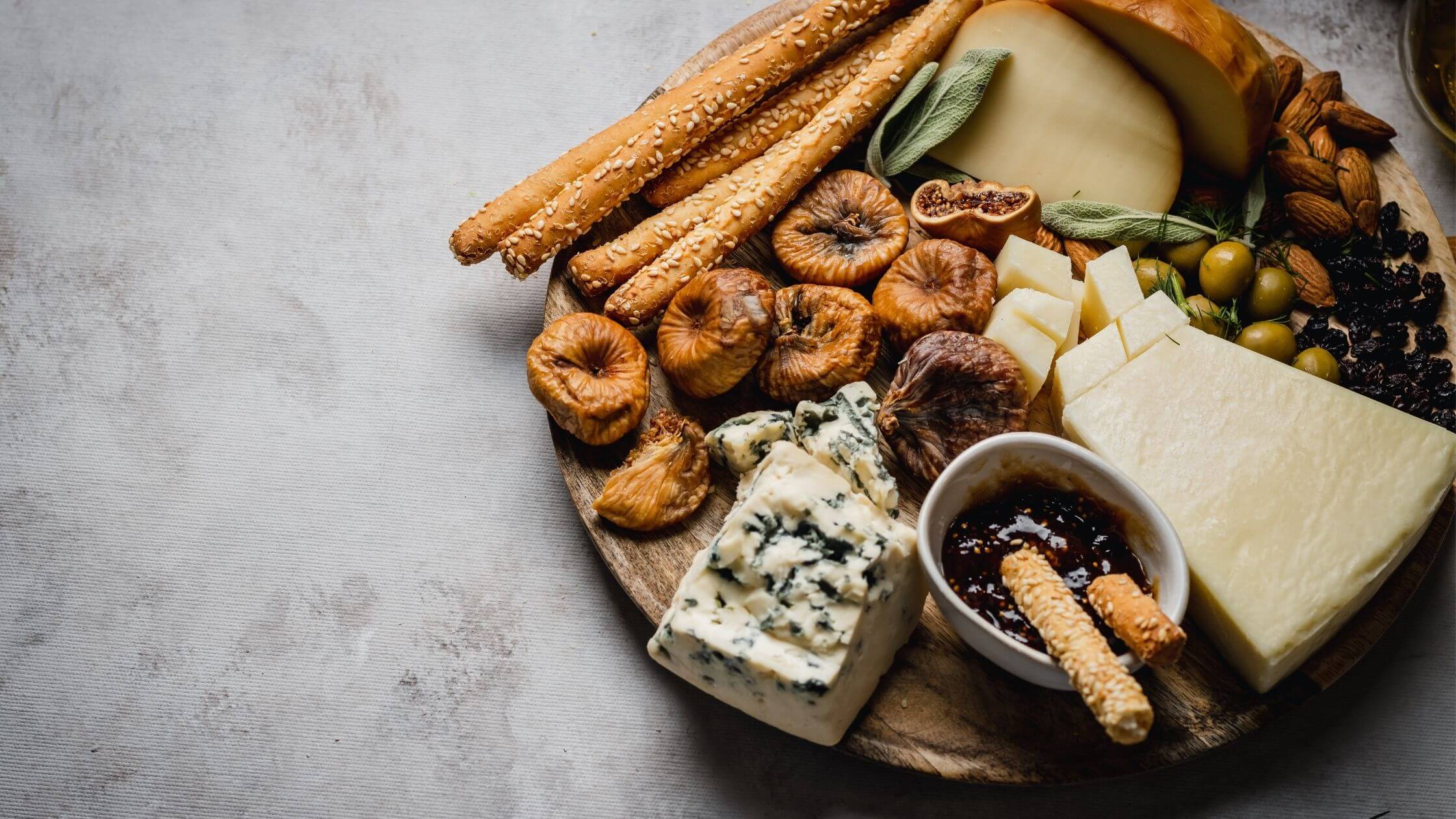
Can't resist a gorgeous cheese plate. Image: Pexels
Oldest cheese found in Croatia
Sir (pronounced s-ee-r), cheese has been an integral part of Croatian history from as far back as 7,200 years, where researchers from Pennsylvania State University found traces of the world’s oldest cheese along the Dalmatian coast.
Although records from the time are scarce, it is theorized that during the 4-5th century BCE, Thracian and Illyrian sheep farmers accidentally produced the first cheeses when milk they kept stored in bags spontaneously fermented and curdled. Today, cheese features heavily in both sweet and savory dishes throughout Croatia such as Burek and Strukli.
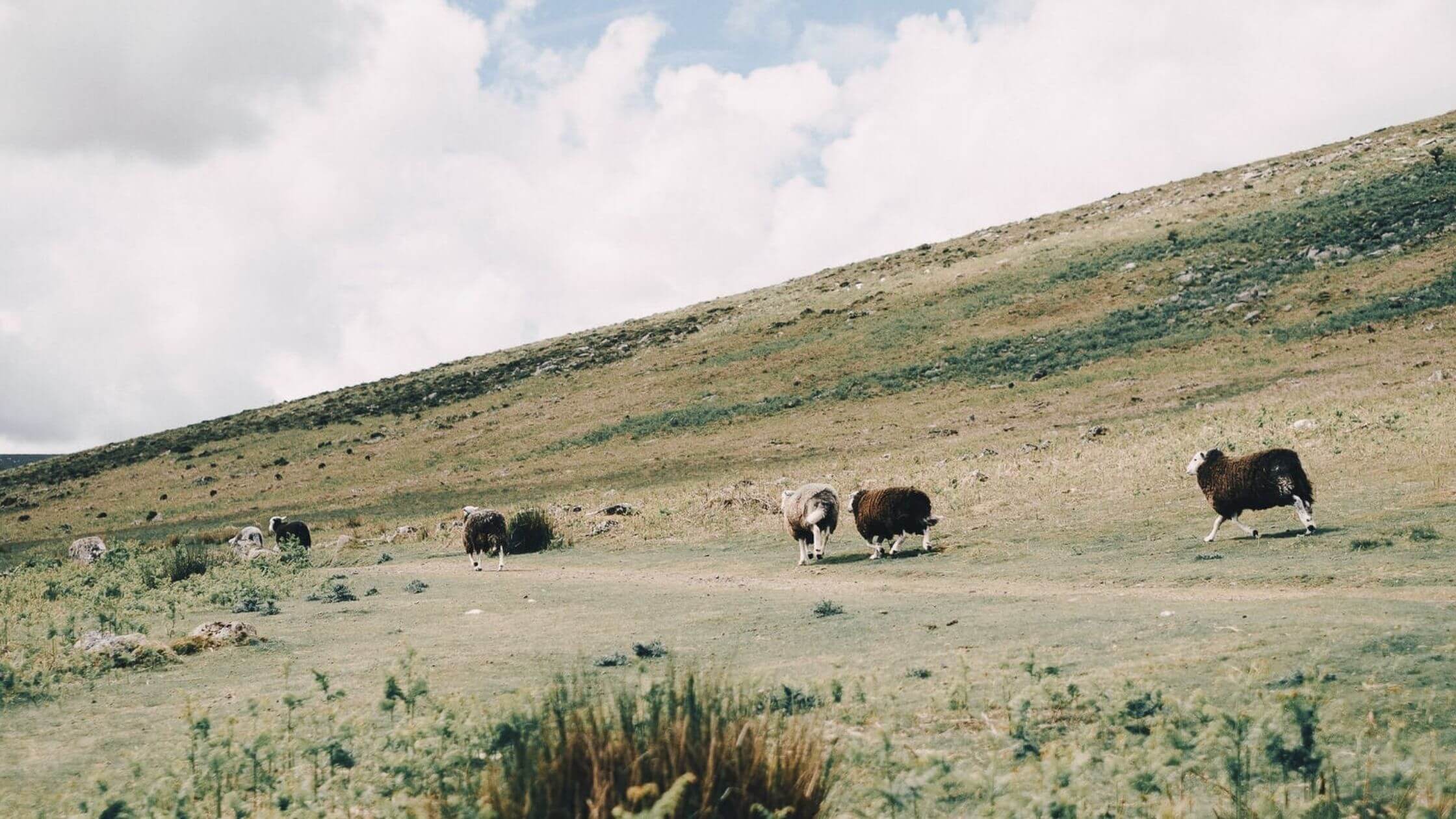
Sheep were the dominant livestock for cheese production. Image: Pexels
Yet, on the global culinary scene, Croatian cheeses remained shrouded in relative obscurity due to the lower levels of production, and the disconnect between traditional cheese producers and the international market.
However, this situation started to change when in 2017, Paški sir, a hard sheep’s cheese from the island of Pag with its delectable notes of wild sage and thyme, took home the gold for the best sheep’s milk cheese at the Global Cheese Awards, giving Croatia’s cheeses much-needed recognition.

Paški sir. Image: Gligora/Facebook
In recent years, Croatia has seen the launch of new types of high-quality cheese, as both artisanal and industrial producers continue to experiment with new additions and methods. Don’t be surprised to find both industrially produced cheese, alongside homemade cheese, on the tables of Croatian families.
Croatian cheese galore
This might come as a surprise but despite its small production, Croatia still boasts a mind-boggling variety of delicious cheeses like Škripavac, Tounjski, Creski, Sir iz mješine, Prgica, Lećevački, and Basa, just to name a few!
These cheeses are typically made from goat (kozji), sheep (ovčji), cow’s (kravlji) milk, or a combination of the 3.
Like Croatian food in general, cheese offerings tend to vary between regions but one of the staple cheeses that can easily be found on the shelves of every grocery store is svježi sir, or fresh cheese.
Svježi sir is typically associated with the regions of Zagorje and Prigorje, about an hour's drive north of Zagreb. This creamy, delicate soft cheese is often consumed at breakfast and is made by processing cow’s milk which gives it its signature mild tanginess, comparable to greek yogurt.
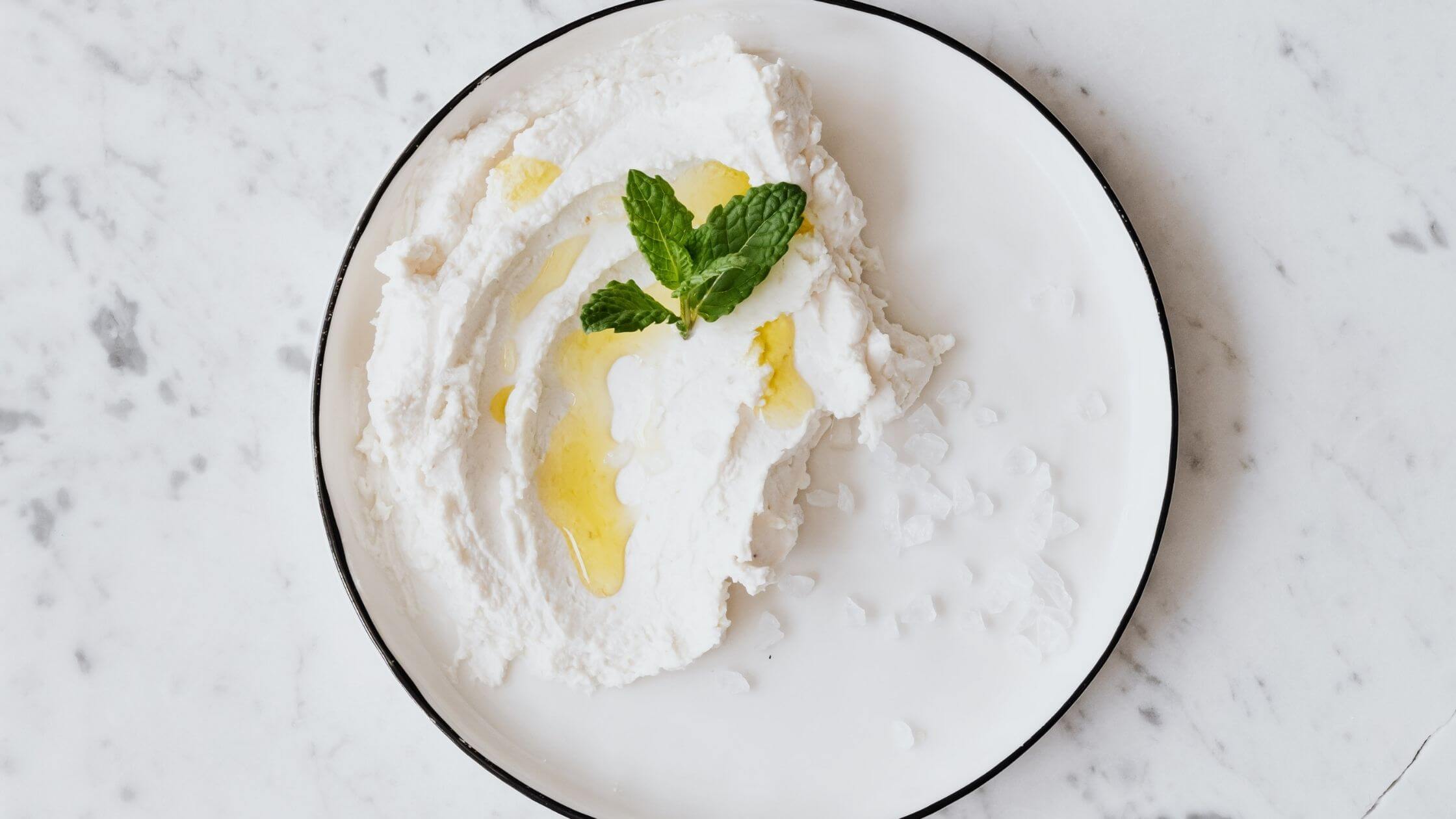
Svježi sir, Croatia’s unsung hero of cheese. Image: Pexels
Derivatives of Svježi sir also include Posni sir, a low fat, smooth, spreadable version, and Zrnati sir which has a grainy texture that most closely resembles cottage cheese. More recently, Icelandic Skyr has also found local popularity due to its high protein, low-fat content. Although consumed like yogurt, Skyr is actually a sour milk cheese.
Another type of Croatian cheese that is commonly sold at farmers' markets is what is known as Kuhani sirevi, or cooked cheese.
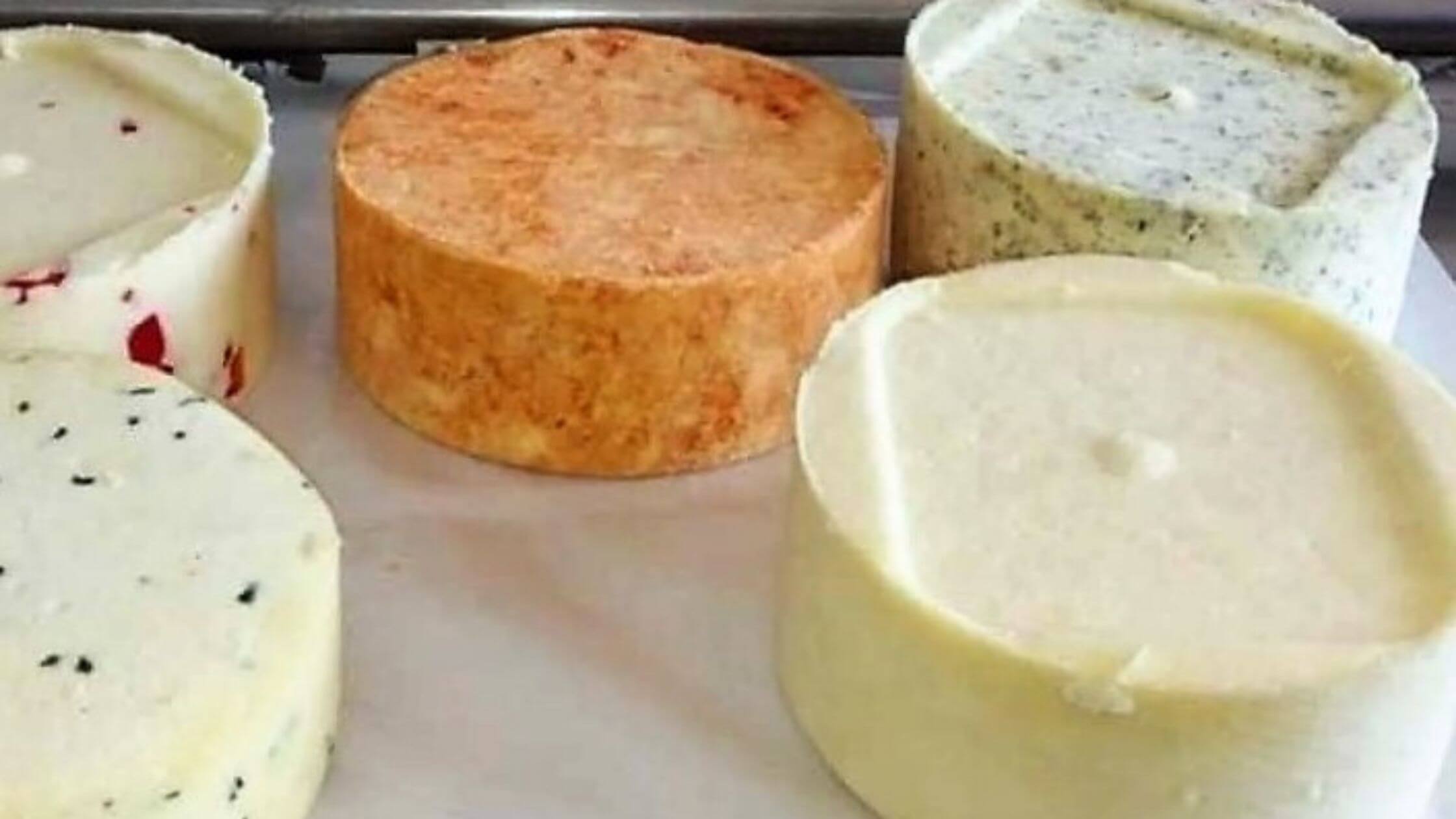
Different types of Kuhani sirevi. Image: Mate Bojčić/Facebook
Kuhani sirevi gets its name from the preparation method where cow’s milk is boiled (i.e. cooked) and curdled with vinegar, before the addition of salt and various spices such as paprika, basil, dill, and oregano.
The result is a semi-hard, rich cheese with a mild chew that when eaten on its own, has a sweet, clean, and grassy flavor. Some producers also smoke this cheese to produce a variant called Dimljeni sir, giving the cheese a delightful smoky aftertaste.
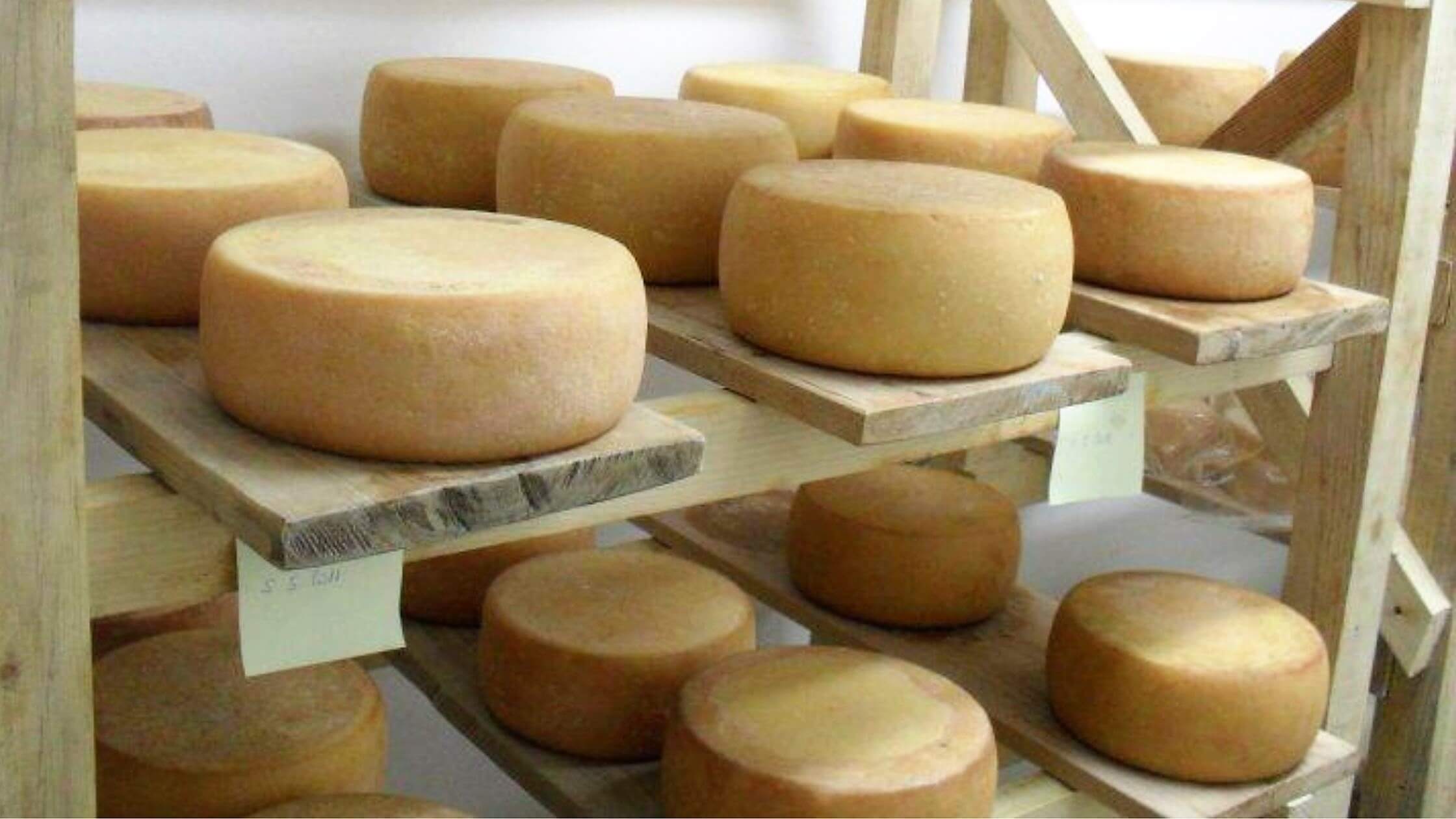
Aging Lećevački cheese. Image: Njuškalo.hr
Closer to (my) home, Lećevački sir may be one of the most widely recognized Dalmatian hard cheeses, having won several awards in the past. In fact, it was so well-received even back in the day that it was served in the Court of Austrian Emperor Francis Joseph (1848-1850).
This cheese originates from the Split hinterland and is made from the milk of either cow, sheep, or a mix of both. It has a mild, grassy aroma with a sharp, slightly spicy aftertaste as a result of the Mediterranean herbs (e.g. rosemary, thyme, sage) that the livestock graze on. Some culinary enthusiasts have even likened aged Lećevački sir, to Paški sir with its nutty notes and crunchy flavor crystals.
Sir iz mišine is a cheese produced in the regions of Zadar, Šibenik, Split and Dubrovnik. Sir iz mišine used to be made exclusively from surplus sheep’s milk, but is today produced with a mix of goat and cow milk.

Sir iz mišine, sold from its lambskin sack. Image: Njuškalo.hr
What makes this cheesemaking process unique is that the milk is aged in lambskin sacks (mišina), made from 6-month-old lambs. When the cheese is ready in the fall, it is transported and sold from these same lambskin sacks. This aging technique also imparts a distinct earthy aroma to the cheese, which is often used as an ingredient to flavor various dishes.
Unfortunately, this cheese is becoming more scarce since the process is kept alive by only a handful of cheesemakers in the region, so do try it if you chance upon it in a market.
Last but not least, there is Težački sir. Težački sir is a hard pasteurized Dalmatian cow milk cheese, aged for a minimum of 4 months. Some producers use this cheese to produce other varieties such as Težački Iz Maslinove, where the same cheese is aged for at least 6 months in pressed olive skins. As the wheels age, the cheese absorbs the flavor and aroma of the olives.
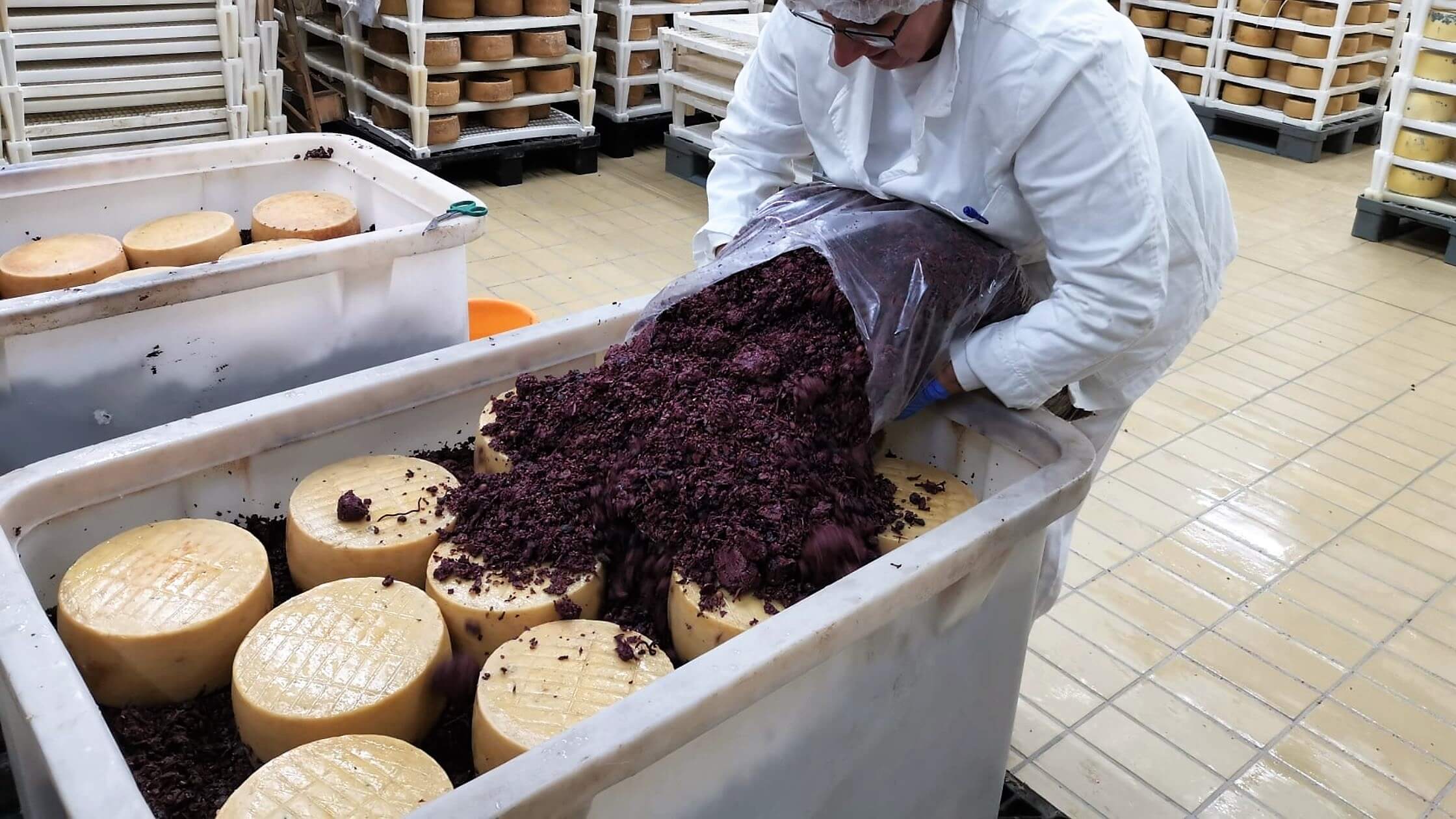
The making of Težački Iz Maslinove at Gligora. Image: Gligora/Facebook
BONUS! How to get the best of both worlds with a method of storing cheese that is unique to the area of Dalmatia and surrounding islands. Semi-hard cheeses are diced into cubes and stored in earthen, or glass containers filled to the brim with olive oil. This way, you get to try the best of Dalmatian cheese and the region’s luscious olive oil.

Sir u ulju, cheese preserved in olive oil for the best of both worlds! Image: My Tasty Pot/YouTube
A quick note on pasteurization
Some Croatian cheeses, in line with European cheese production standards, are made from “raw”, unpasteurized milk that comes straight from the animal. This process is forbidden and/or highly restricted by countries such as Canada, Australia, and the U.S.
Check for labels stating that the product is pasteurized - pasterizirano, or pasteurized and homogenized - pasteriziran i homogeniziran, or if you’re in a restaurant, ask staff for clarity on this.
All in all, I hope this short guide will help you traverse some language barriers and uncertainties when it comes to trying a slice of Croatia’s culinary wonders. Dobar tek!
For more on Croatian products, producers, companies, and exports, make sure to check out Made in Croatia.
Could New Rules Have Negative Effects on Croatian Food Production?
October the 22nd, 2021 - Could brand new regulations and rules determined at the level of the European Union and the European Parliament have a negative effect on Croatian food production and eventually result in a rise in prices? Many consider it a very likely scenario.
As Poslovni Dnevnik/Marta Duic writes, the European Parliament gave the green light for the ''field to table'' strategy at its plenary session which was held this Tuesday. It involves a package of twenty-seven legislative proposals and policies that will change the ways in which food is produced, processed, bought and consumed across the EU over the next ten years.
According to the plan, 25 percent of agriculture is planned to be in organic production, 50 percent less plant protection products and antibiotics will be used, 20 percent less fertilisers will be used, and stronger afforestation is planned.
Croatia and Croatian food production will find this path a rather difficult one to follow...
''This leaves little room for EU agriculture to maintain its level of production, competitiveness and a proportional income with which to continue an important investment cycle, and the survival of rural areas. The ''field to table'' strategy must take into account the economic, social and environmental pillar of sustainability.
At the moment, the EU has strong agricultural production, but some countries like Croatia depend heavily on imports. If there's a reduction in production, the question arises as to how much further production will be reduced in less developed EU member states given the rising costs. Unlike many EU countries, we in the Croatian Chamber of Agriculture constantly emphasise the fact that Croatia certainly wants and can be a beacon of green change in the EU. However, we're afraid that it will be difficult for us to follow the already extremely difficult market competition. The consumer power of Croatian residents is low and they're often forced to choose cheap imported products,'' they said from the HPK.
They also made sure to warn that Croatia continues to have some huge problems across all livestock sectors and that this sector will be the most endangered because it is considered one of the major polluters of the environment.
''We're also concerned about the requirements regarding the use of mineral fertilisers because they could have a negative impact on crop production, which is extremely good in this country and achieves record yields. The requirement to raise areas under organic production is a good thing, but even now there are problems from developed countries that have strong organic agriculture, that these products are difficult to sell because their prices are higher. We also fear that all environmental requirements will affect the further growth of food prices of EU producers, because food will have to be produced under stricter standards. This will open up space for the import of cheap and lower quality food from all over the world, which could jeopardise Croatian food production,'' the HPK notes.
They also said that if the EU wants to have "greener" agriculture, then it will be necessary to allocate more money for agriculture in order to compensate producers for the losses that could be created by implementing these strategies.
''Developed countries like Germany, Austria, France and the Netherlands will find it easier to deal with these challenges because they're several investment cycles ahead of us. Croatia is in the category of countries that haven't yet solved their structural problems when it comes to agriculture. In such countries, the problem is that multinational companies have taken up huge areas of land and little is left for small producers, the depopulation of rural areas is extremely strong, and young people aren't encouraged enough to stay in the countryside,'' they pointed out from the HPK.
Croatian MEP Biljana Borzan, on the other hand, believes that we'll manage to meet major goals such as the use of pesticides and antibiotics in agriculture more easily than other member states, such as the Netherlands, which has a major problem with the nitrification of fertile soil and water due to decades of over-fertilisation. Borzan noted that less pesticides are sold in the Republic of Croatia compared to the EU average, and only Latvia, Cyprus and Slovenia use less than Croatia does. It is also important to note that Croatia is doing very well in terms of the presence of pesticides in its food products.
According to the EFSA, the most contaminated food was measured in the Netherlands (9.5 percent), and a significant proportion of food contaminated with pesticides was detected in countries such as France (4.7 percent) and Germany (4.2 percent). Here in Croatia, this percentage is almost half lower (2.5 percent).
First estimates, then laws...
''Areas under organic production are constantly growing in Croatia and most organic food is exported, but local demand is lagging behind, both because of the high cost and because of consumer distrust. In this sense, the strategy calls on EU member states to encourage the greater consumption of organic food through tax policies,'' stated Borzan, noting that according to EU rules, before the measures from the strategy are translated into laws, assessments of their impact must be carried out so that we don't go into this blindly and so that their implementation doesn't have unforeseen negative consequences.
Croatia's problem will be lagging behind in the modernisation of agriculture and the poor organisation of producers. What is crucial in the resolution, and what I supported on behalf of the Eurosocialists, is that the measures aren't prescribed and applied linearly, but according to the specific and individual situation in each individual EU member state,'' Borzan concluded.
For more on Croatian food production, check out our business section.


